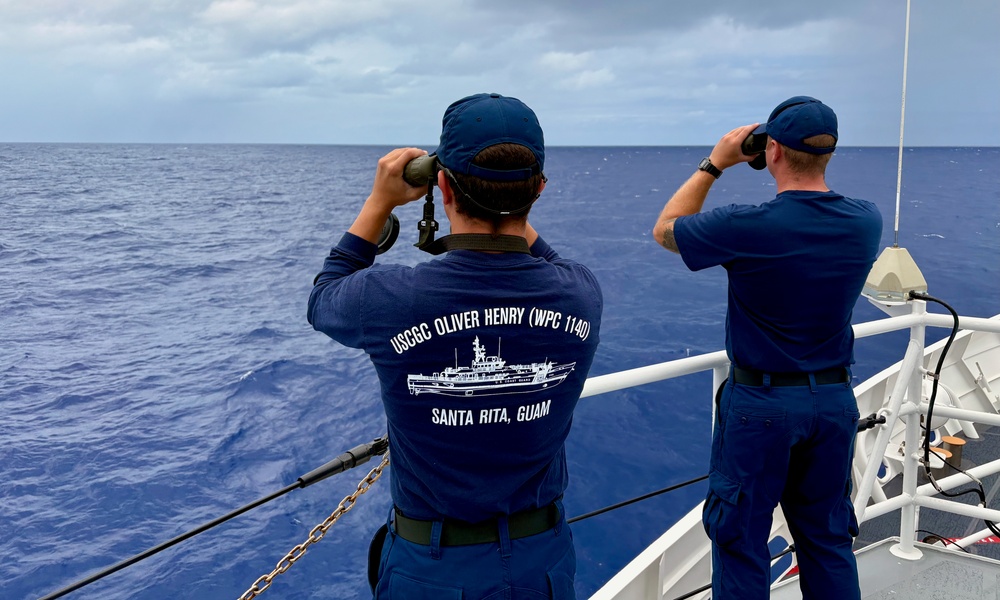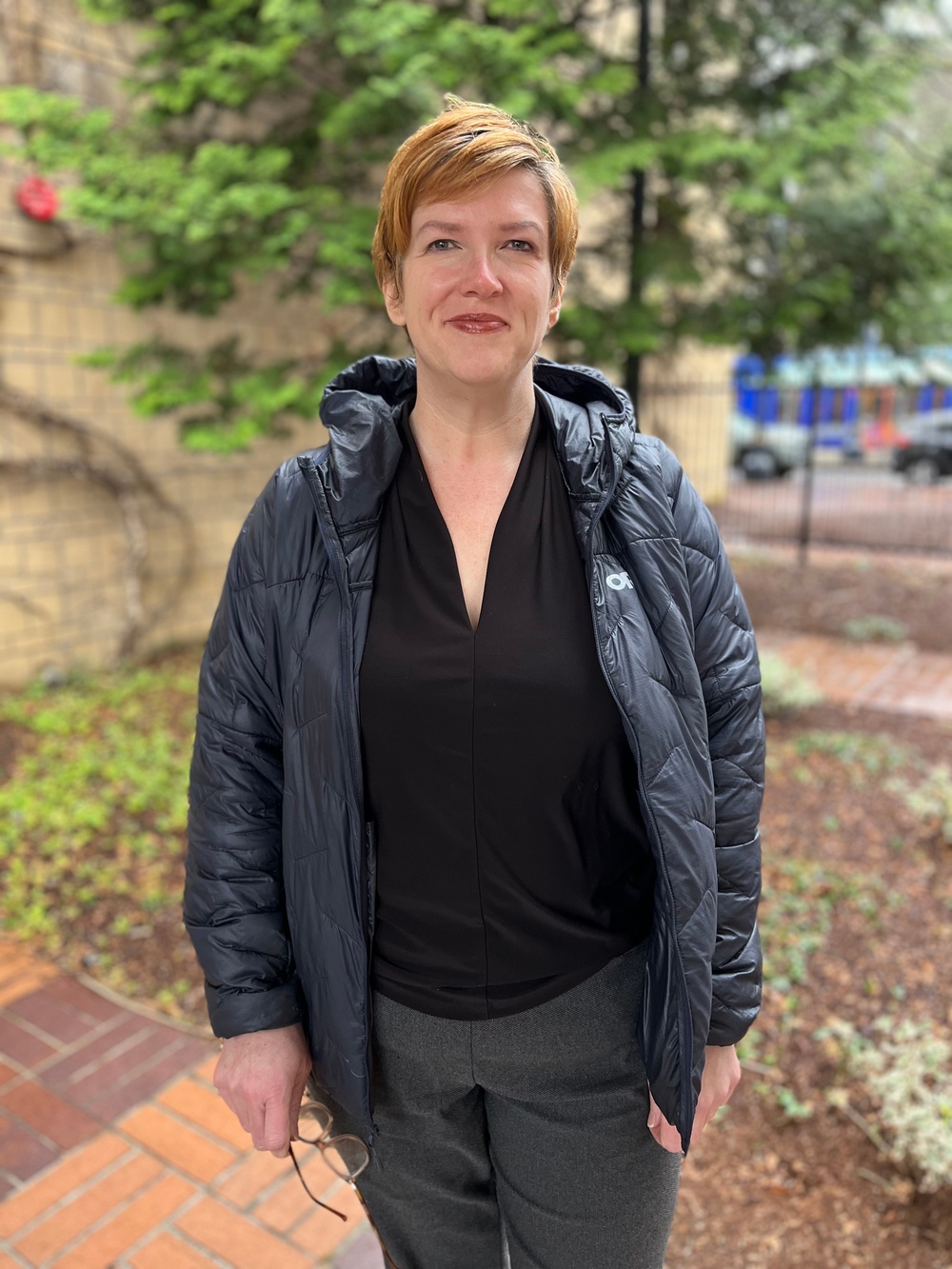DVIDS – News – U.S. Army Corps of Engineers tests artificial-intelligence tool for monitoring water quality and oceanographic conditions at Port Everglades
Large-scale coastal dredging projects have the potential to add stress to coral reef communities in surrounding areas, especially if impacts are undetected or fail to be detected in time.
Therefore, monitoring is needed in a timely manner to allow for adaptive management of projects during dredging.
How do scientists get to the bottom of it?
The U.S. Army Corps of Engineers (USACE), Jacksonville District, in partnership with the National Oceanic Atmospheric Administration (NOAA) and the U.S. Army’s Engineer Research and Development Center (ERDC) are working to monitor the water quality and oceanographic conditions of the ocean in near real time.
NOAA’s ecological forecasting tool known as ‘Environmental Information Synthesizer for Expert Systems’ (EISES) is being tested for the first time in a maintenance dredging project in Port Everglades, Fort Lauderdale, Florida, in a multi-agency collaborative effort to help capture water quality effects which may be associated with dredging operations.
“ The EISES was originally one of three separate stages in a software I developed, said Dr. James Hendee,” retired NOAA developer.
Over the years the tool has progressed.
Hendee said that during the tool’s inception, reports were automatically faxed to environmental engineers, divers, fishermen, and boaters in near real-time from lighthouses.
According to Dr. Xaymara Serrano, coral biologist at USACE, “The ultimate goal is to be able to use this tool at Port Everglades for the upcoming deepening project to assist with adaptive management of the project during construction”.
This tool was originally developed by NOAA’s Atlantic Oceanographic and Meteorological Laboratory (AOML) for forecasting coral bleaching in 1998.
EISES uses artificial intelligence to expedite and automate analysis of environmental data from satellite images, in-situ instruments, and/or in-situ observations to help inform responses to ecological events. In the current collaboration, EISES will record data from sensors mounted to the seafloor which currently measure turbidity, total suspended solids (TSS), sediment deposition, seabed light (PAR), waves, currents, temperature and salinity.
To illustrate, USACE has deployed a trial water quality monitoring buoy which will be collecting data during and post-construction of the Operations and Maintenance dredging at Port Everglades.
Scientists also developed a diver-based monitoring protocol for the planned Port Everglades Deepening project that can assess indicators of sediment stress levels and sediment depth measurements.
Furthermore, the diver-based survey data can also be integrated with EISES after field surveys are completed.
Reporting can be transmitted daily, weekly or monthly using the near real-time data collected.
Next, EISES could be used in the future to generate alerts that help determine if/when dredging corrective actions are needed, using a color-coded system, sort of like a stoplight indicator (green, yellow, red).
“Lessons learned from the recent Miami deepening project highlighted the need for the USACE to have a higher level of oversight over dredging operations,” Serrano said.
The USACE, in cooperation with an interagency team, developed a framework to assist with the decision-making process during dredging operations for the deepening project, the Adaptive Management Plan (AMP).
Additionally, USACE is in the draft stage of the AMP, as it is a part of the draft supplemental environmental impact statement developed in compliance of the National Environmental Policy Act (NEPA).
Serrano states, “The goal of the Adaptive Management Plan is to help identify and/or minimize permanent project-related effects to nearby sensitive marine resources, including corals.”
“I contacted the team at ERDC so that they could assist with developing the deployment plan for the bottom-mounted sensors and field operations, said Serrano.
[Also,] I contacted the NOAA/AOML team to assist with linking the bottom-mounted sensors to a buoy for near real-time data transmission.”
The USACE’s goal is to deploy instruments in the water for approximately one year before the deepening project begins in order to document baseline conditions.
“We are currently at the testing stage of this work,” said Serrano.
The habitat of the ocean floor is ever-changing.
Researchers expect to minimize potential effects of key stressors typically associated with dredging (e.g. turbidity, sedimentation, light) by monitoring water quality in near real-time, and automating the process of reporting and generating alerts for the dredging contractor and USACE. EISES alleviates the need for relying solely on divers to do all the environmental monitoring.
Long gone are the days where divers needed to do all the work.
“That’s the beauty of this ecological forecasting tool. The bottom-mounted sensors can automatically feed the data to EISES because the buoy is transmitting the data near real-time”, said Serrano.
“The only data that will be obtained by divers is the biological data (e.g. organismal condition and sediment depths), which will be collected bi-monthly during dredging operations at a specified array of stations north and south of the Port Everglades channel.”
| Date Taken: | 01.28.2021 |
| Date Posted: | 01.28.2021 10:38 |
| Story ID: | 387800 |
| Location: | FL, US |
| Web Views: | 230 |
| Downloads: | 1 |
PUBLIC DOMAIN
This work, U.S. Army Corps of Engineers tests artificial-intelligence tool for monitoring water quality and oceanographic conditions at Port Everglades, by Member: 1619907, identified by DVIDS, must comply with the restrictions shown on https://www.dvidshub.net/about/copyright.


 Private Internet Access gives you unparalleled access to thousands
of next-gen servers in over 83 countries and each US state. Your
VPN experience will always be fast, smooth, and reliable.
Private Internet Access gives you unparalleled access to thousands
of next-gen servers in over 83 countries and each US state. Your
VPN experience will always be fast, smooth, and reliable.
